Astronomy and Astrophysics Division
The main activities of the Astronomy and Astrophysics Division are (1) development of instruments for the “KOYOH” satellite mission, (2) development of the future multi-messenger astronomy satellite HiZ-GUNDAM, and (3) understanding the radiation origins and mechanisms of gamma-ray bursts and other high-energy cosmological objects using currently operating astronomy satellites. (4) we are applying the technology developed in space to social fields such as medicine.
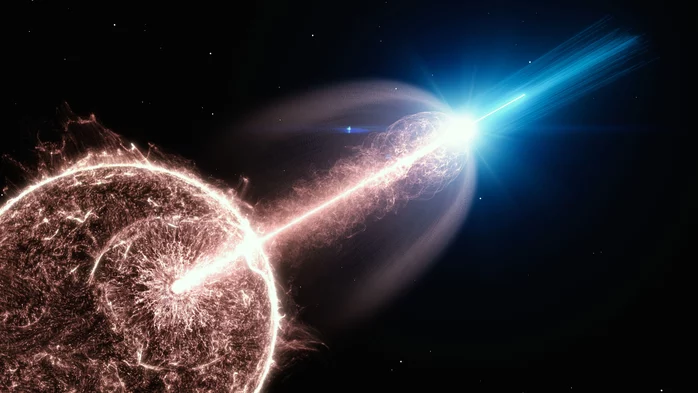
(©︎ DESY, Science Communication Lab)
Development of Instruments for the “KOYOH” Satellite Mission
For detailed information on the instruments for the “KOYOH” satellite mission, please refer to here.
Future Astronomical Satellite HiZ-GUNDAM
The “High-z Gamma-ray bursts for Unraveling the Dark Ages Mission (HiZ-GUNDAM)” is a next-generation satellite mission being developed in strong collaboration with Kanazawa University and many other research institutions. It is currently being proposed as a small satellite program within the Institute of Space and Astronautical Science (ISAS), though the satellite’s mass is about 500 kg. The HiZ-GUNDAM mission’s concept proposal was selected by ISAS in 2018. Professor Daisuke Yonetoku from our center is the Principal Investigator (PI), with several other faculty members participating as co-researchers.
HiZ-GUNDAM is designed to explore the distant universe and the physical environment of early star formation through the observation of gamma-ray bursts, the largest explosion phenomena in the universe. It will also lead the emerging fields of “gravitational wave astronomy” and “time-domain astronomy.”
HiZ-GUNDAM is a satellite planned to be equipped with a wide-field X-ray monitor and an infrared telescope. The wide-field X-ray monitor covers a wide field of view of approximately 1 steradian (about 10% of the entire sky), allowing it to broadly detect gamma-ray bursts, which can occur anywhere and at any time. The wide-field X-ray monitor developed for this mission has a sensitivity more than an order of magnitude higher than the instruments on previous satellites, enabling the detection of gamma-ray bursts from distant regions of the universe. As soon as the coordinates of a gamma-ray burst are identified by the wide-field X-ray monitor, follow-up observations are conducted using the infrared telescope. Since X-ray observations alone cannot determine the distance to a gamma-ray burst, infrared observations are used to make a rough distance estimate. If it is determined that the gamma-ray burst occurred at a very distant location (for example, with a redshift of z > 6), this coordinate information is immediately transmitted to the ground, and follow-up observations are conducted using large ground-based and space-based observatories, such as the Subaru Telescope or the James Webb Space Telescope. Additionally, HiZ-GUNDAM will conduct searches for gamma-ray bursts and transient objects that are synchronized with gravitational waves or high-energy neutrinos. In recent years, it has become apparent that achieving significant results with a single satellite is increasingly challenging, and the field of “multi-messenger astronomy,” which integrates observations across various wavelengths of electromagnetic radiation and particles, is expected to become a major field of astronomy over the next decade or more. HiZ-GUNDAM is designed to strongly advance this concept of multi-messenger astronomy.
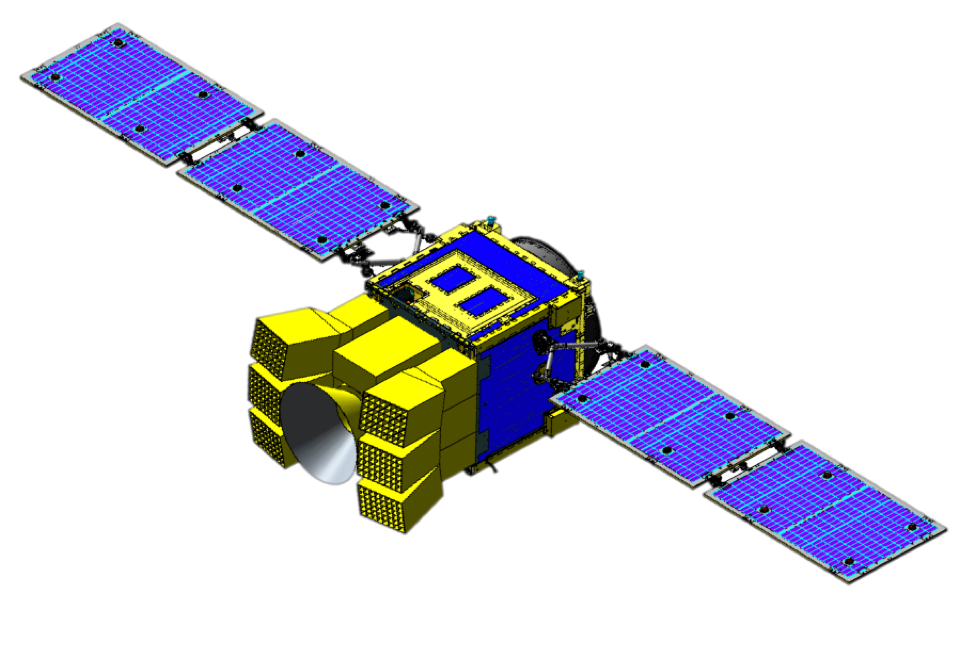
Understanding the Mechanisms of Gamma-Ray Bursts Using High-Energy Astronomy Satellites
The explosion phenomena of gamma-ray bursts, which occur in the distant universe, are thought to originate from plasma jets ejected at relativistic speeds from the central engine. Members of our department are conducting observational research to understand this radiation mechanism using various astronomy satellites and ground-based telescopes, such as the Fermi satellite and NASA’s Swift satellite.
Research Using the Swift Satellite
Gamma-ray bursts feature a very bright and rapidly variable emission called “prompt emission” in the X-ray and gamma-ray bands, lasting from a few seconds to several hundred seconds. This is followed by a faint afterglow across a wide range of wavelengths from radio to gamma-rays. Our center’s members systematically analyzed early afterglows of gamma-ray bursts observed by the Swift satellite, revealing that magnetic energy released from a newly formed neutron star or black hole may significantly contribute to the afterglow component. (Kagawa, Yonetoku et al., Astrophysical Journal, 877, 147 (2019))
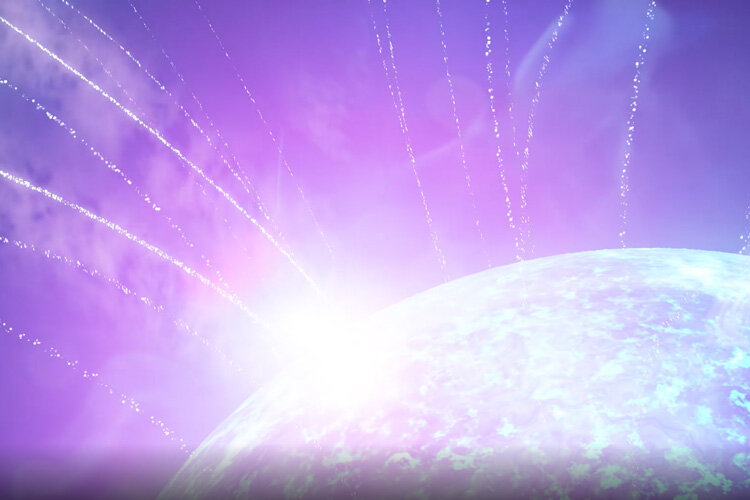
(©︎ NASA’s Goddard Space Flight Center/Chris Smith, USRA/GESTAR)
Research Combining Multiple Astronomy Satellites
It is known that gamma-ray bursts generate extremely high-energy gamma rays exceeding 1 GeV, but their origin remains unclear. Our center’s members have discovered that, in addition to the traditional synchrotron radiation, there is also gamma-ray photon production via inverse Compton scattering by combining observations from the Fermi satellite, Swift satellite, and MAGIC telescope. Recent ground-based Cherenkov telescopes can observe gamma rays exceeding tera-electron volts from transient objects like gamma-ray bursts. Future observations are expected to deepen our understanding of these radiation mechanisms. (Ajello, Arimoto et al., Astrophysical Journal, 890, 9 (2020))
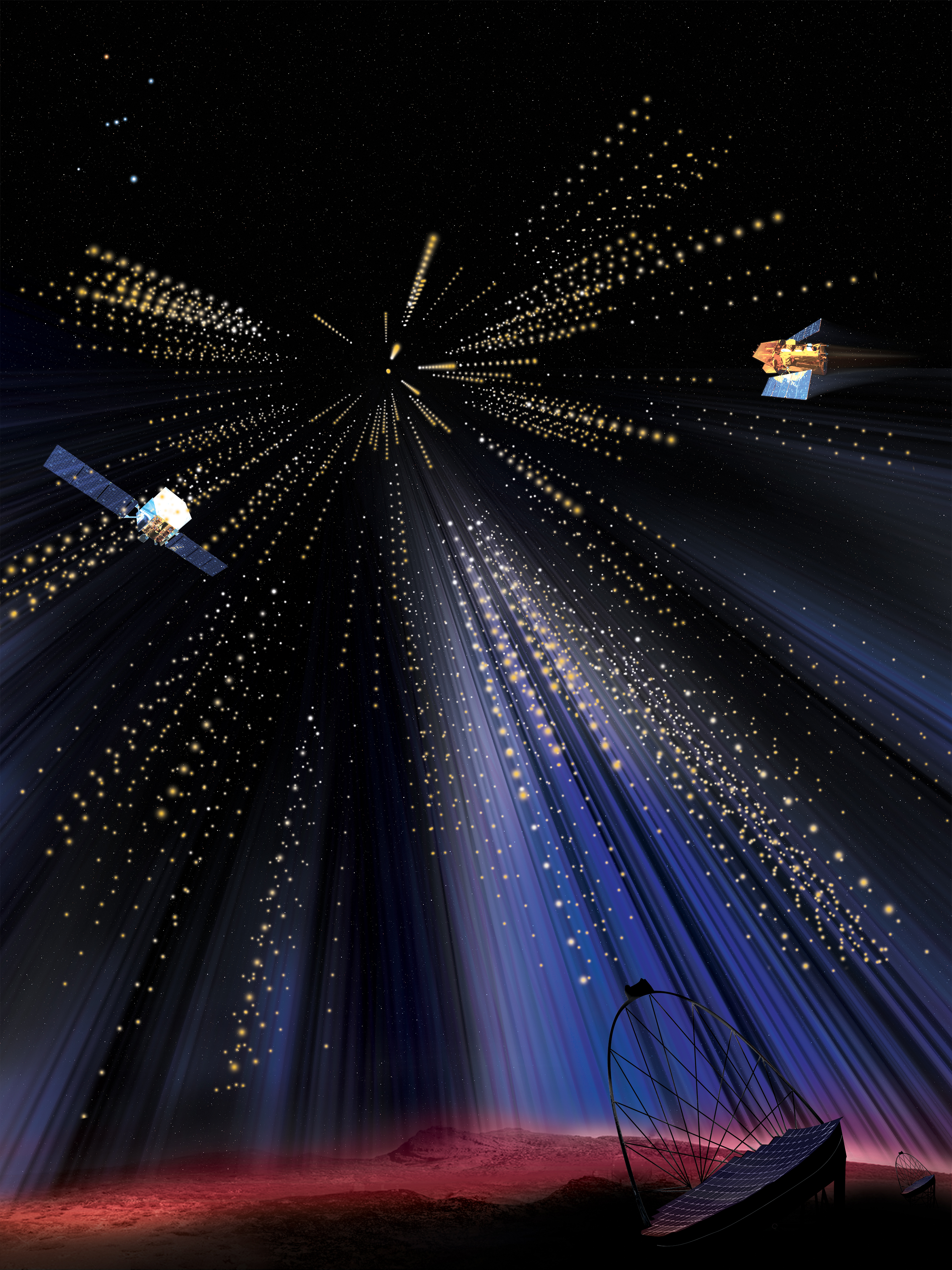
(©︎ NASA’s Goddard Space Flight Center)
Exploration of Electromagnetic Radiation from Gravitational Wave Sources
The search for electromagnetic radiation from gravitational wave sources is a key science theme for both the HiZ-GUNDAM and “KOYOH” satellites. The Fermi satellite, with its wide field of view, conducts gamma-ray follow-up observations in conjunction with the third observational run (O3) of the LIGO/Virgo gravitational wave observatories. Our department members have significantly contributed as core members of these observations. Although only upper limits were reported in all O3 observations, this work is a critical step toward simultaneous gravitational wave-electromagnetic wave observations in the future. The results of these observations are reported through the Gamma-ray Coordinates Network (GCN), which is publicly available worldwide. Additionally, our center’s ultra-small satellite “Koyou” offers high synergy with larger satellites for electromagnetic wave observations in the low-energy X-ray band, which previous observations could not cover.
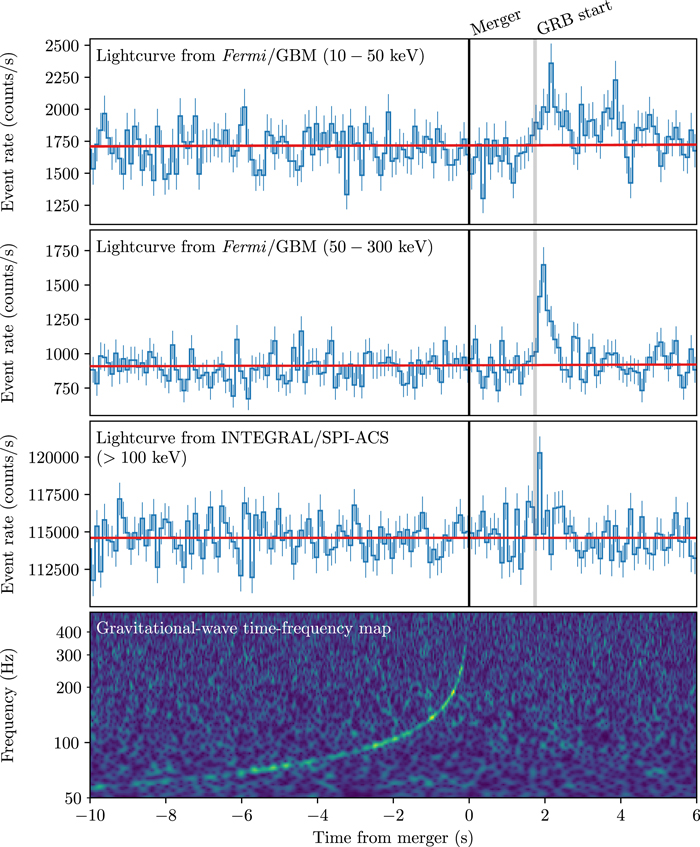
(©︎ Abbott et al., Astrophysical Journal Letters, 848, 2 (2017))
Development of Cross-Disciplinary Radiation Detectors and Next-Generation Imaging
We are applying X-ray detection sensors developed for astronomical observations of gamma-ray bursts across various fields, including industry and medicine. In space, where astronomical signals are often much weaker than the background noise, it is essential to develop highly sensitive detectors and fast signal processing technologies. Leveraging this technology, we are working on next-generation medical imaging developments. For example, X-rays consist of photons, and by detecting X-ray signals on a photon-by-photon basis, we can achieve dramatically higher sensitivity. Our faculty has successfully applied an X-ray detection system developed in-house to imaging technology known as X-ray computed tomography (CT), enabling element mapping within living organisms. This innovative technology is expected to contribute to new diagnostics and treatments in the future.
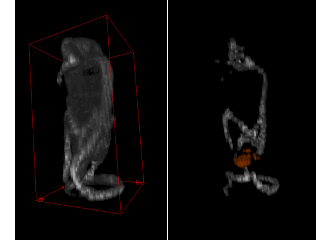
Successfully identified and visualized elements within the biological tissues.

